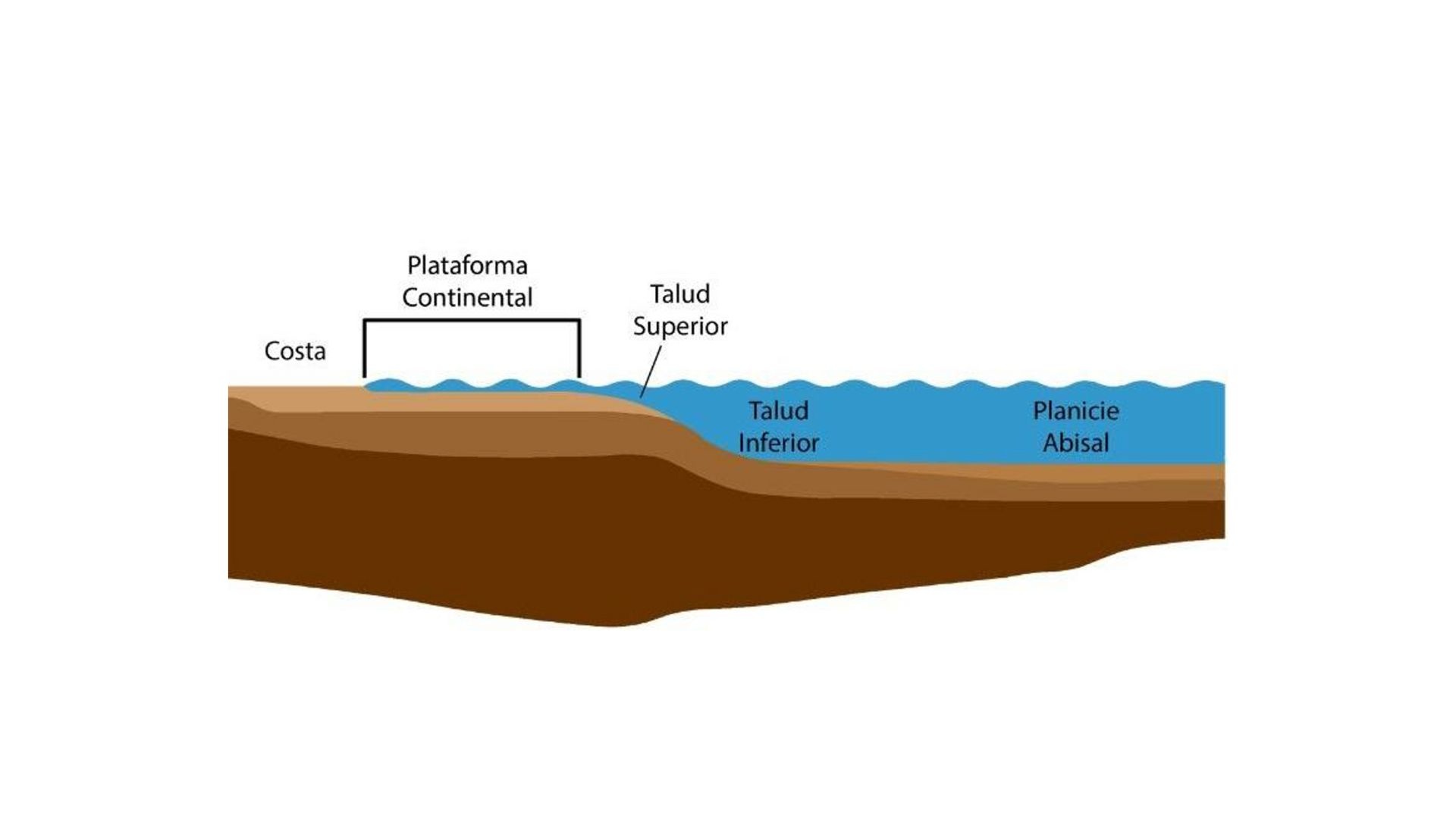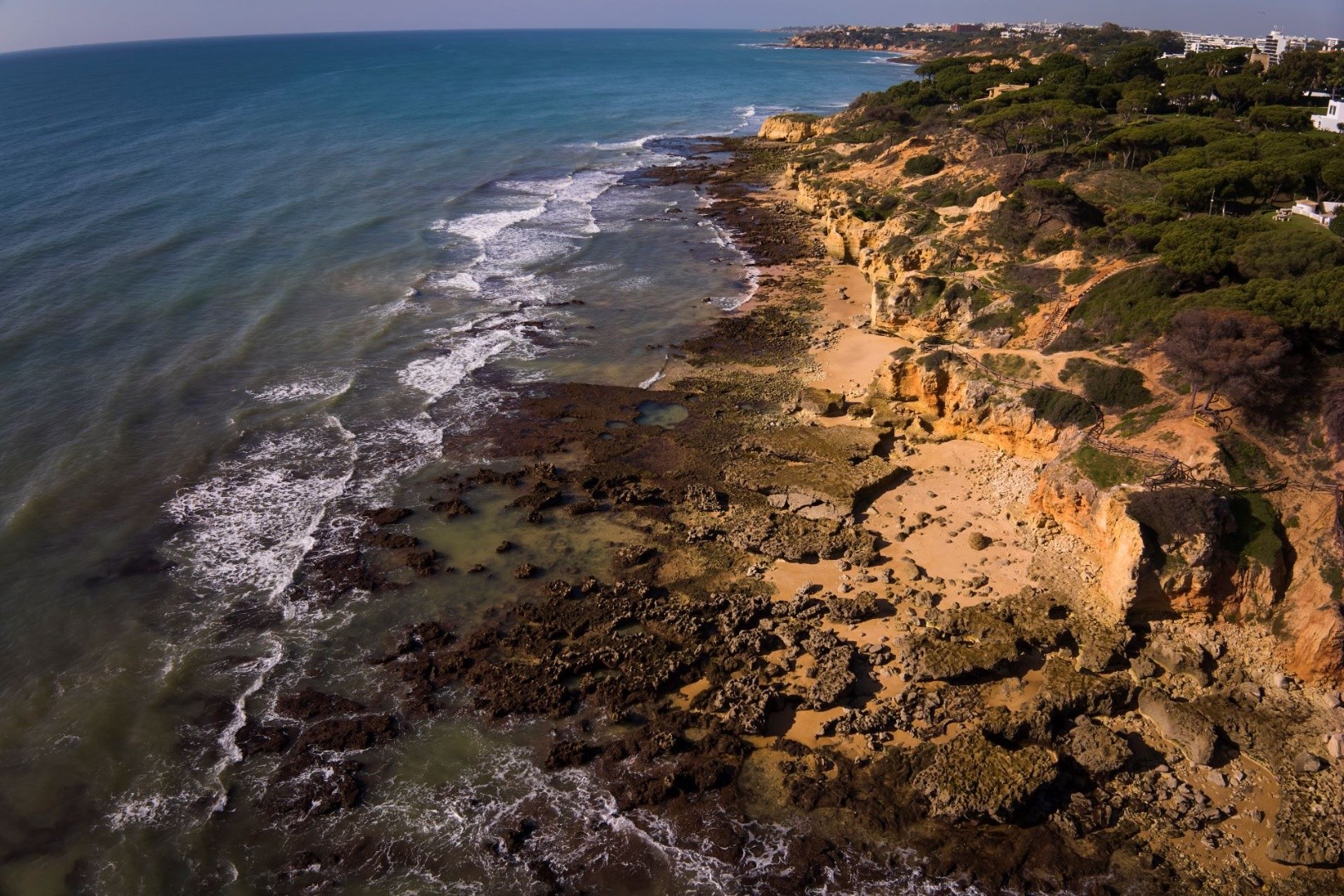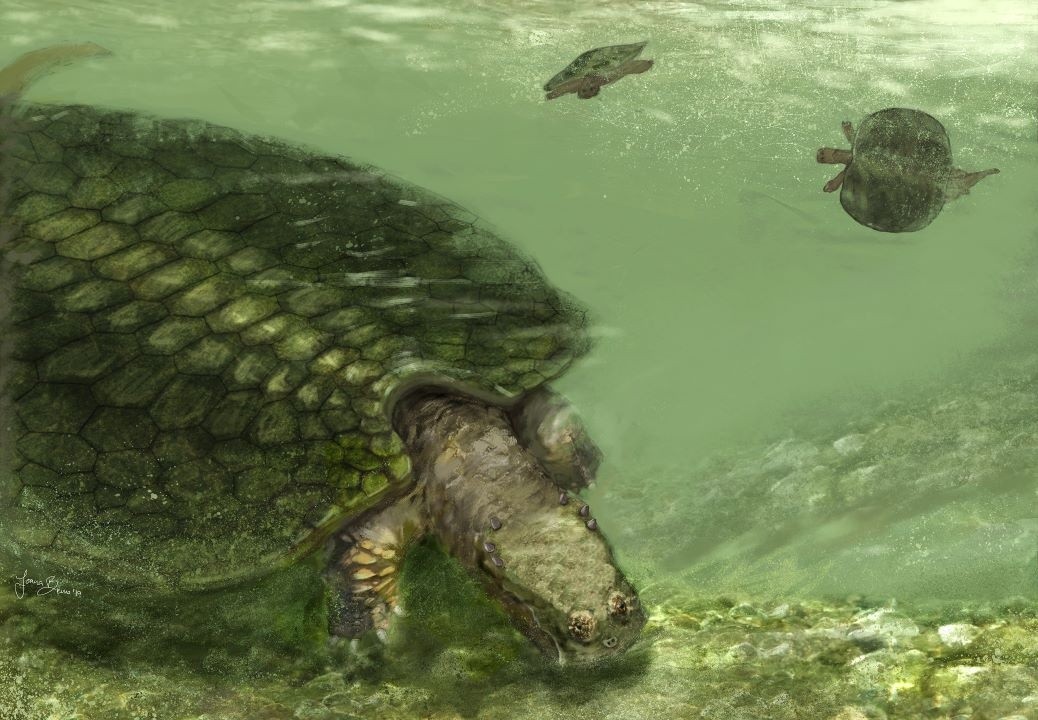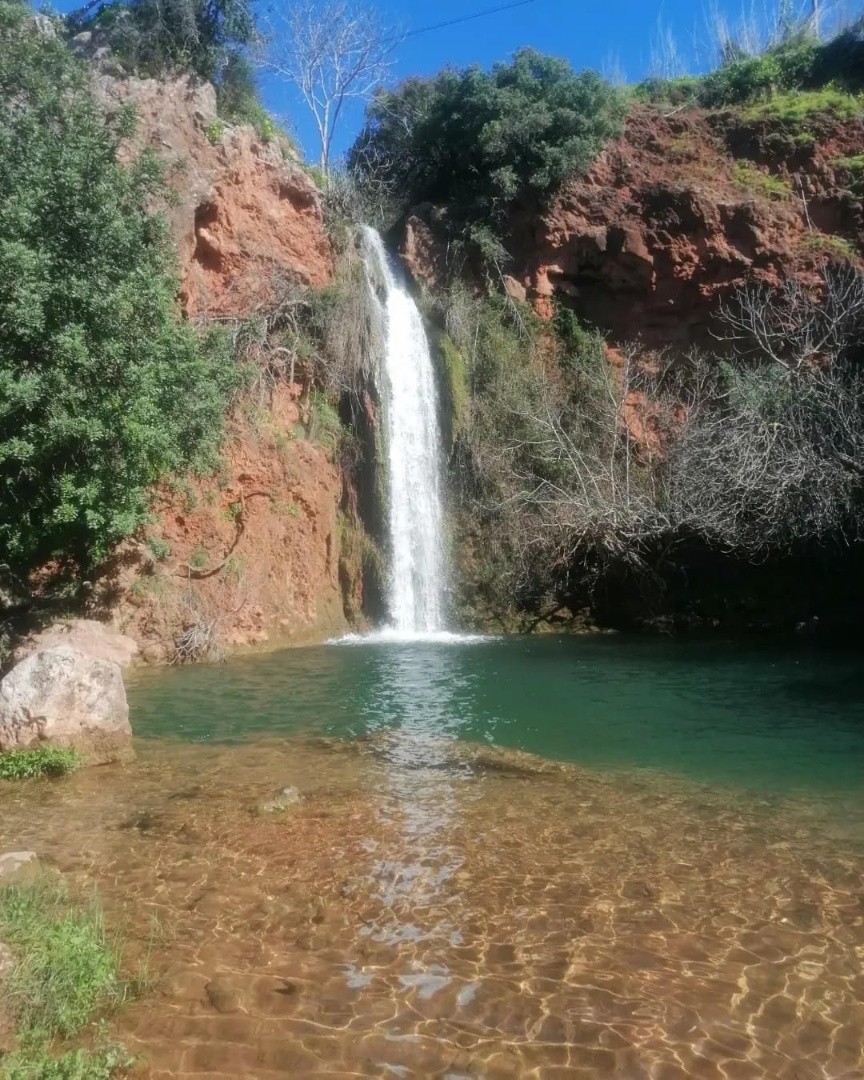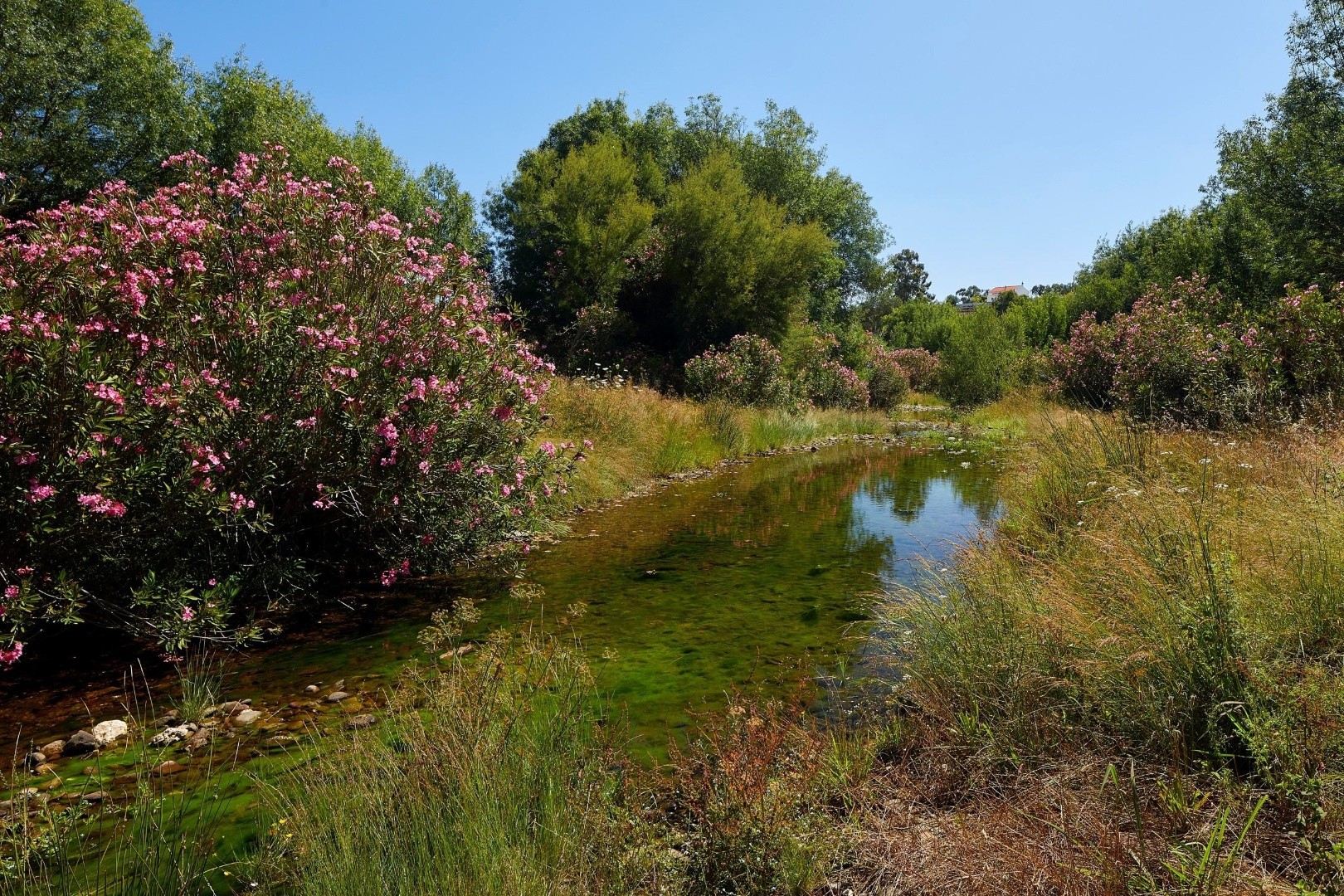Geological History
In the Algarve Mountains, some of the oldest rocks can be found, dating back approximately 345 million years to the Carboniferous period. The characteristic layers of laminated mudstones and greywackes in this mountain range were formed at the bottom of an ancient ocean known as the Rheic. These layers developed from the deposition of sediments, such as sand and mud, transported by turbidity currents. Turbidity currents are dense underwater flows of water-saturated sediments that move rapidly due to gravity, descending along underwater slopes, including continental slopes.
When turbidity currents reach the base of the continental slopes, where the gradient flattens, they lose speed and their ability to carry sediments. As a result, these currents deposit sediments in a specific sequence: first, the larger particles settle, followed by the finer sediments that remain suspended in the water. Each turbidity current generates a layer of greywacke that typically displays a sequential order of sedimentary structures, reflecting the decrease in current velocity. Subsequently, the finer sediments, such as silts and clays, are deposited. The alternating layers of greywackes and laminated mudstones are referred to as turbidites, indicating that they were deposited by turbidity currents. This continuous deposition leads to the compaction of sediments, especially the clays, which form laminated mudstones that can easily split along planes parallel to the stratification.
The clastic sediments found in the greywacke and laminated mudstone layers originated from ancient continents located along the margins of the Rheic Ocean, specifically the continents of Euramerica and Gondwana. The collision between these continents led to the closure of the Rheic Ocean and the formation of the supercontinent Pangaea. The turbidites that accumulated in this ocean were deformed by the tectonic forces resulting from this continental collision and were progressively incorporated into the structures of the Variscan Mountain Range, which is characterised by folds and faults observed at various scales.
In Vale Fuzeiros, the Brejeira Formation is exposed, dating back to between 318 and 307 million years ago, around the time when the first reptiles began to appear. Here, one can still observe current marks, erosion structures at the base of the greywacke layers, and impressions of plants, fragments of which were also transported by turbidity currents.
Additionally, fossils of goniatites (extinct species of marine molluscs with spiral shells) have been discovered in the Brejeira Formation, helping to narrate the story of a deep sea influenced by turbidity currents. These currents are similar to underwater avalanches of mud and sand that flow down the continental slope towards the ocean floor. As deposits from these successive turbidity currents accumulated, they were later compressed and heated, resulting in the formation of the schists and greywackes of the mountain range.
Locality:




